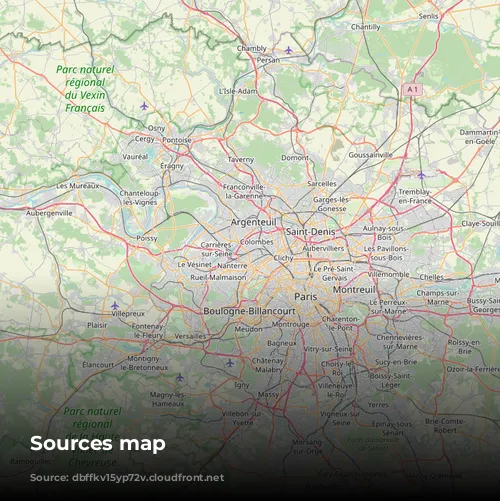Paris, the City of Lights, offers a diverse range of experiences throughout the year, with each season bringing its unique charm. Summers in Paris are brief and delightful, marked by comfortable temperatures and partly cloudy skies. Winters, on the other hand, are brisk, with chilly temperatures and frequent winds, often accompanied by overcast skies.
Let’s delve deeper into the temperature fluctuations in Paris:
- The temperature in Paris generally ranges from a pleasant 35°F (2°C) to a warm 78°F (26°C) throughout the year.
- Rarely does the temperature dip below 25°F (-4°C) or soar above 88°F (31°C), making Paris a temperate city overall.
To help you plan your trip, let’s explore the best time to visit Paris based on weather conditions:

When to Visit Paris: Unveiling the Ideal Time
Paris offers a wealth of activities for every taste, but the optimal time to visit largely depends on your travel preferences.
- For warm-weather enthusiasts seeking outdoor adventures, mid-June to mid-September is the ideal time to visit Paris. The weather is favorable for exploring the city’s parks, gardens, and outdoor attractions.
To make your planning easier, here’s a quick guide on weather in Paris by month:
- June: Mild temperatures and pleasant sunshine.
- July: Warmest month with sunny skies, perfect for sightseeing.
- August: Sunny and warm with occasional afternoon showers.
- September: Mild temperatures and clear skies.
Understanding Paris Weather: A Deeper Look
To provide a comprehensive understanding of Paris’s weather patterns throughout the year, let’s analyze hourly average temperatures and solar patterns.
Here’s a visual representation:
- Hourly Temperature Analysis: This graphic showcases the average temperature for each hour of every day in Paris. The horizontal axis represents the day of the year, while the vertical axis indicates the hour. Colors depict temperature variations, allowing you to visualize temperature fluctuations throughout the day and year.
For a global perspective, let’s compare Paris’s climate to a similar location:
- Eastgate, Washington, United States (4,999 miles away): This location in the United States shares a remarkably similar climate to Paris.
Next, we’ll explore the sun’s journey across Paris’s sky:
- Solar Patterns: This illustration provides a comprehensive understanding of the sun’s elevation (angle above the horizon) and azimuth (compass bearing) throughout the year in Paris. The horizontal axis represents the day of the year, the vertical axis indicates the hour, and colors represent the azimuth. Isolines showcase constant solar elevation, allowing you to visualize the sun’s movement in the sky for any given day and hour.

Planning Your Trip: Optimizing for Weather
Now, let’s dive into the heart of your trip planning:
To help you determine the most suitable time to visit Paris based on your desired activities, we’ve developed two travel scores:
-
The Tourism Score: This score prioritizes clear, rainless days with temperatures ranging from 65°F to 80°F. Based on this score, mid-June to mid-September is the ideal time to visit Paris for general outdoor activities, reaching its peak during the last week of July.
-
The Beach/Pool Score: This score favors clear, rainless days with temperatures between 75°F and 90°F, perfect for enjoying beach or poolside activities. Based on this score, mid-July to mid-August offers the most favorable conditions, with its peak in the last week of July.
To ensure a well-informed decision, we’ve taken into account factors such as perceived temperature, cloud cover, and precipitation:
-
Perceived temperature: We’ve considered how temperature feels to humans, factoring in humidity and wind chill.
-
Cloud cover: Our score ranges from 10 for clear skies to 1 for overcast skies.
-
Precipitation: We’ve analyzed three-hour precipitation periods, with a score of 10 for no precipitation and 0 for significant precipitation.
Finally, we’ve incorporated a temperature score for both tourism and beach/pool activities:
-
Tourism temperature score: This score is based on a scale of 0 to 10, with 10 representing the ideal temperature range.
-
Beach/pool temperature score: This score is also based on a scale of 0 to 10, with 10 representing the ideal temperature range for hot-weather activities.
In conclusion, Paris offers a vibrant and captivating experience year-round. By considering the factors outlined above, you can plan a trip that aligns with your personal preferences and maximizes your enjoyment of this captivating city.











